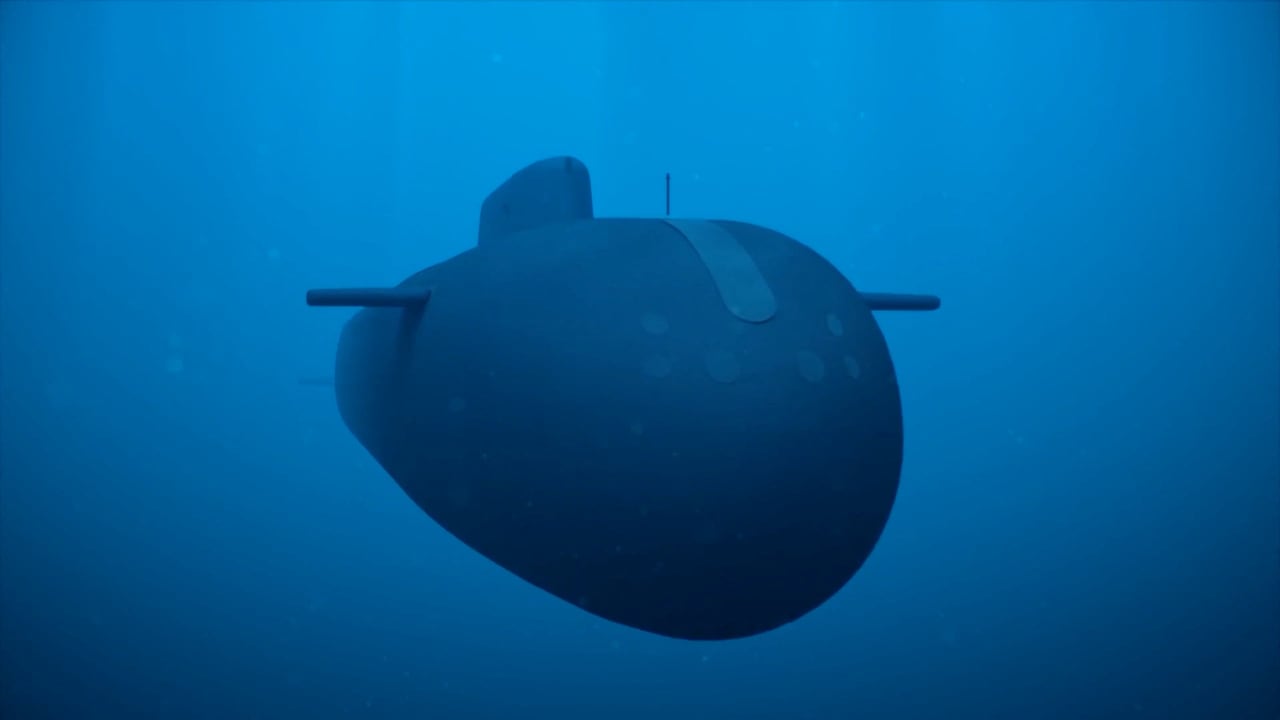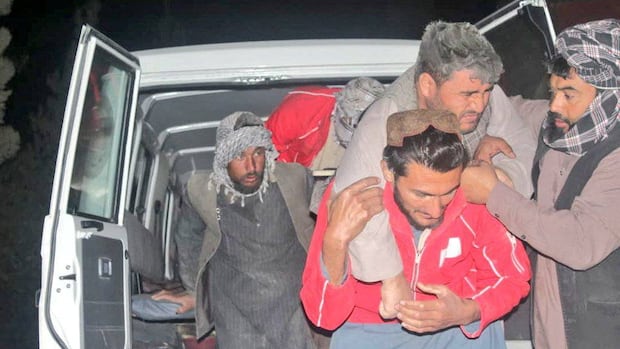The testing of nuclear weapons is suddenly a major topic of discussion after being largely dormant for three decades. Last week, Russia tested a nuclear-powered missile, but did not detonate an actual bomb. In response, President Donald Trump said this week the U.S. will resume testing nuclear weapons.
So far in the 21st century, the only country to have conducted nuclear weapons tests is North Korea, and those tests have all been underground. The U.S. last tested a nuclear bomb in 1992. Russia’s last test was in 1990. China stopped in 1996.
The most spectacular nuclear tests were those conducted in the open air in the late 1940s and 1950s, producing some of the most iconic and horrifying images of the nuclear age. The mushroom cloud has been a symbol of the threat ever since.
The devastating effects of those tests are still being felt. The U.S. tests on Bikini Atoll in the Pacific were some of the biggest ever. To this day, contamination from radioactive fallout makes it unsafe for anyone to live there permanently.
Most atmospheric testing ended in 1963, when the Partial Test Ban Treaty was agreed by the U.S., Soviet Union and others. It didn’t include specific ways of verifying whether anyone violated it, but it proved to work. The U.S. and the Soviets both halted the practice and never returned to it. However, France continued testing above ground until 1974, and China until 1980.
What brought testing to a complete halt (almost)
Underground testing continued by all the major powers through the 1980s, which limited the spread of radioactive fallout. However, a movement was building to stop the practice entirely.
In 1992, the U.S. imposed its own moritorium on testing. Then in 1996, the Comprehensive Nuclear-Test-Ban Treaty (CTBT) was passed by the United Nations. It banned all nuclear test explosions anywhere in the atmosphere, in the ocean or underground.
As part of the treaty, a global monitoring system was set up to detect any nuclear tests. Hundreds of sites around the world measure seismic activity, sound waves in the ocean and radiation in the atmosphere. That way no country is able to conduct a nuclear test on the sly. This system has detected all of North Korea’s tests.
However, the CTBT only goes so far. It hasn’t officially come into force because not enough countries have ratified it. They include all the major nuclear powers and some others: the U.S., Russia, China, India, Pakistan, Israel, Iran, Egypt and North Korea.
U.S. President Donald Trump ordered the resumption of nuclear weapons tests for the first time since 1992. A day earlier, Russian President Vladimir Putin said Russia had successfully tested a nuclear-powered super torpedo.
Although Russia and China have not conducted any large-scale nuclear explosions in recent years, the U.S. State Department says it’s possible that both countries have done smaller tests that would technically violate the moratorium.
In 2023, Mikhail Kovalchuk, an advisor to Russian President Vladimir Putin, said Russia should test a nuclear weapon once a year in order to “scare the West.” But so far there’s no indication that has happened.
So, nuclear testing is back?
At least in part, yes. The Russian test last week was for a nuclear-powered missile that could also carry a nuclear warhead. Putin claimed it has virtually unlimited range, could not be tracked and would be impossible to intercept. Russia also conducted drills with intercontinental ballistic missiles and cruise missiles, both of which can deliver nuclear bombs.
Then on Wednesday, it emerged that Russia has tested an underwater drone that can deliver a powerful nuclear strike on a coastal city. The details sound like they come from an action movie. The drone, called Poseidon, is designed to explode near the coastline and unleash a powerful radioactive tsunami on a large urban centre. Again, Putin, who first announced its existence in 2018, claimed the drone would be too fast to track or intercept.

As for the U.S., it depends on what Trump means exactly by resuming testing. It’s not yet clear whether he is referring to missile tests similar to what Russia is doing, or actual nuclear detonations.
This past April, the National Nuclear Security Administration, which is responsible for the U.S. stockpile, said it is ready to resume underground testing if ordered, but it saw no need to do so.
Trump’s announcement this week also clashes with what he said only a few months ago. In August he said he wanted to open talks with Russia and China to reduce or even eliminate the nuclear threat. “We can’t let nuclear weapons proliferate. We have to stop nuclear weapons. The power is too great,” Trump said.








